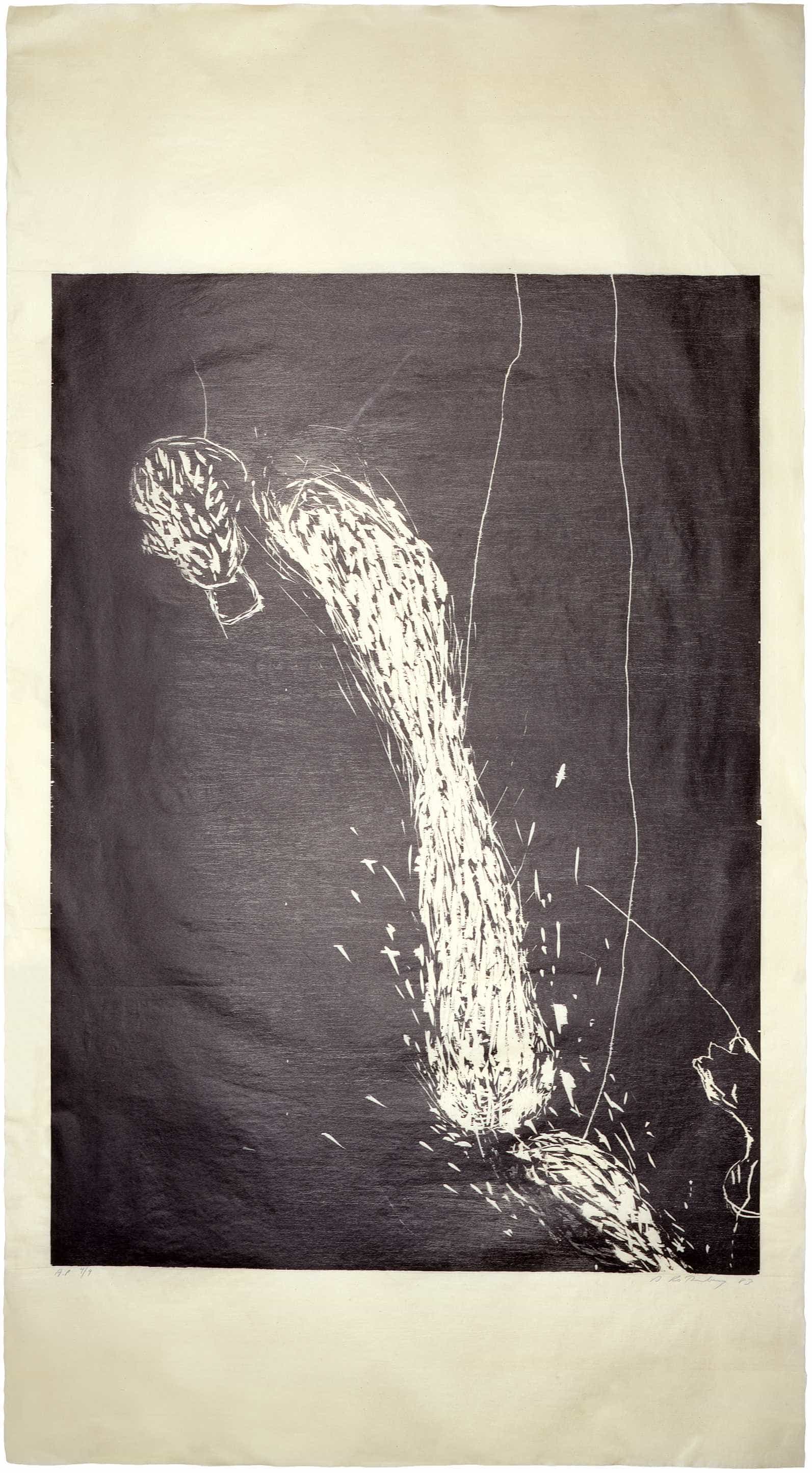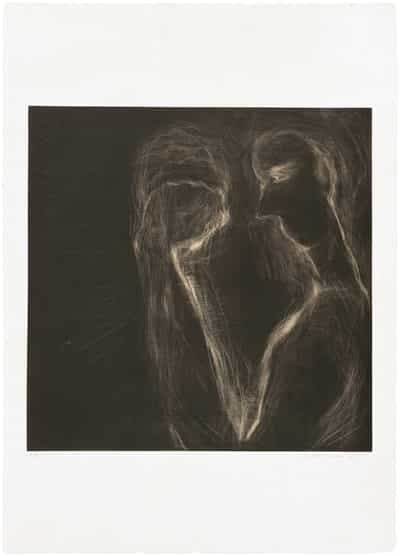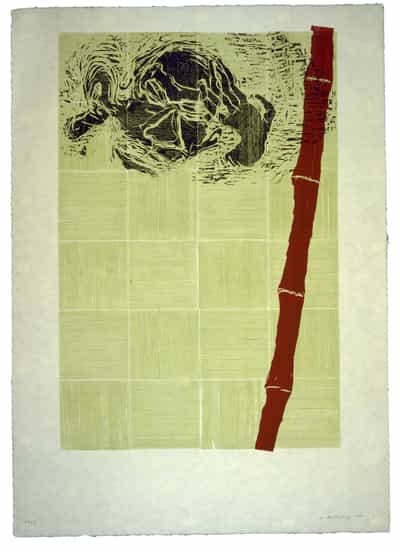About the Artist
Susan Rothenberg (1945-2020) attended Cornell University until the head of the department discouraged her from studying sculpture. She lived abroad for a year before returning to complete her undergraduate studies in 1967. After briefly attending the Corcoran School of Art, she moved to New York in 1969, where she continued sculptural experiments and began to paint minimalist-inspired geometric grids. In 1973 Rothenberg's frustration with such minimalist issues as flatness and anti-illusionism produced the first of the horse paintings for which the artist became well known.
While her first exhibitions of these expressive, painterly, and psychologically-charged iconic images were coolly received, by 1978, when she was included in the Whitney Museum of American Art's New Image Painting, her unique blend of abstraction and representation was seen as the herald of a resurgence in painting. In 1980 Rothenberg was included in the American pavilion of the Venice Biennale; in 1982 she was the subject of a one-person exhibition at the Stedelijk Museum, Amsterdam, and was the only woman included in the influential Zeitgeist exhibition in West Berlin. Traveling surveys of her work have been organized by the Los Angeles County Museum of Art (1983) and the Albright-Knox Art Gallery (1994). Bill Goldston invited Rothenberg to work at ULAE after seeing her paintings in the Whitney Museum of American Art's 1983 Biennial Exhibition.



